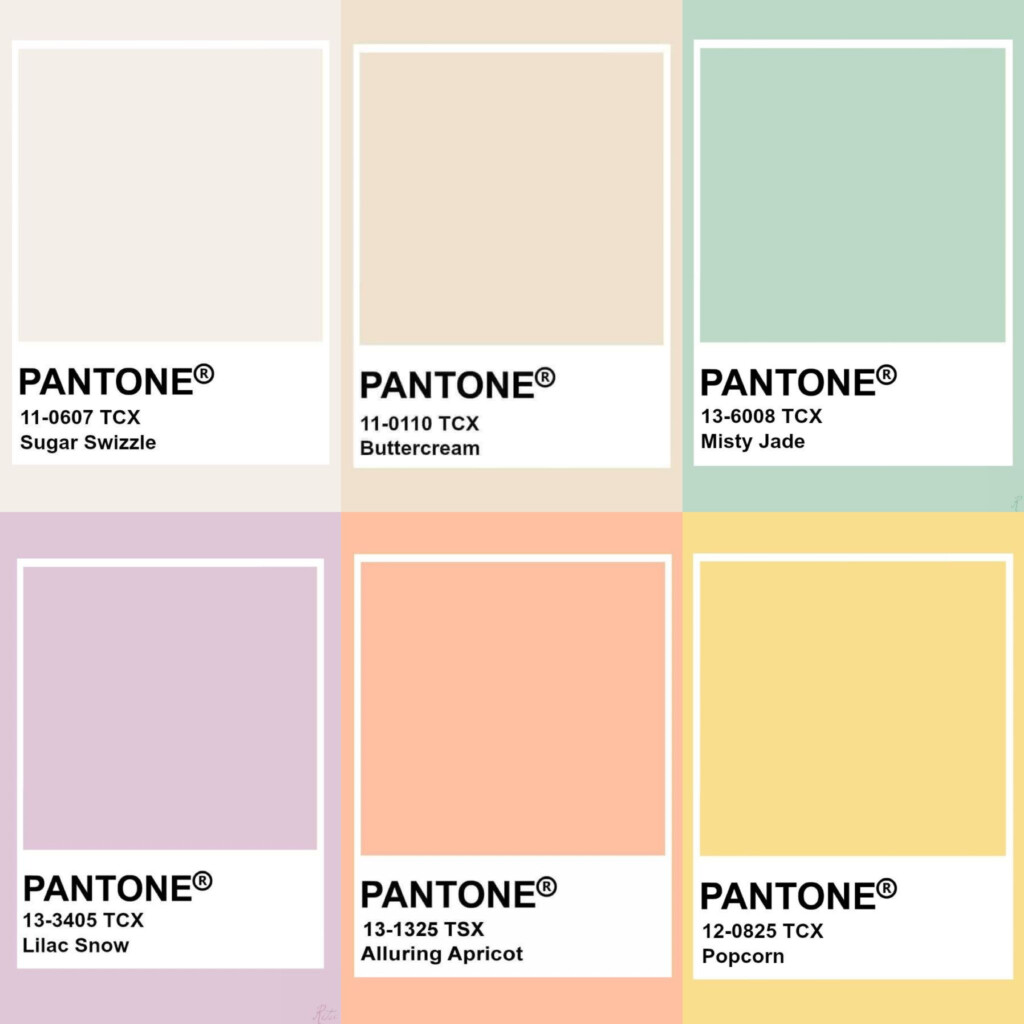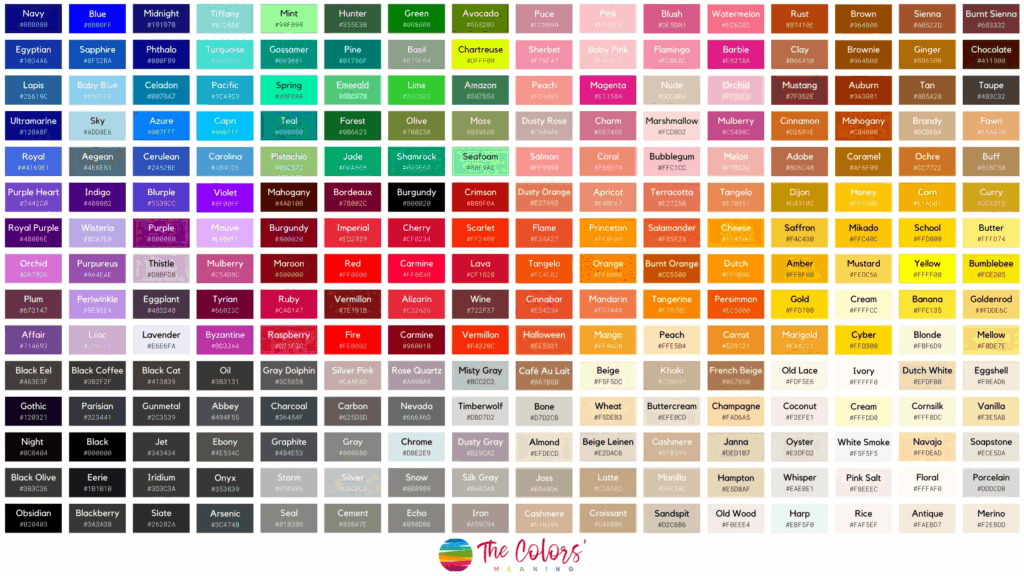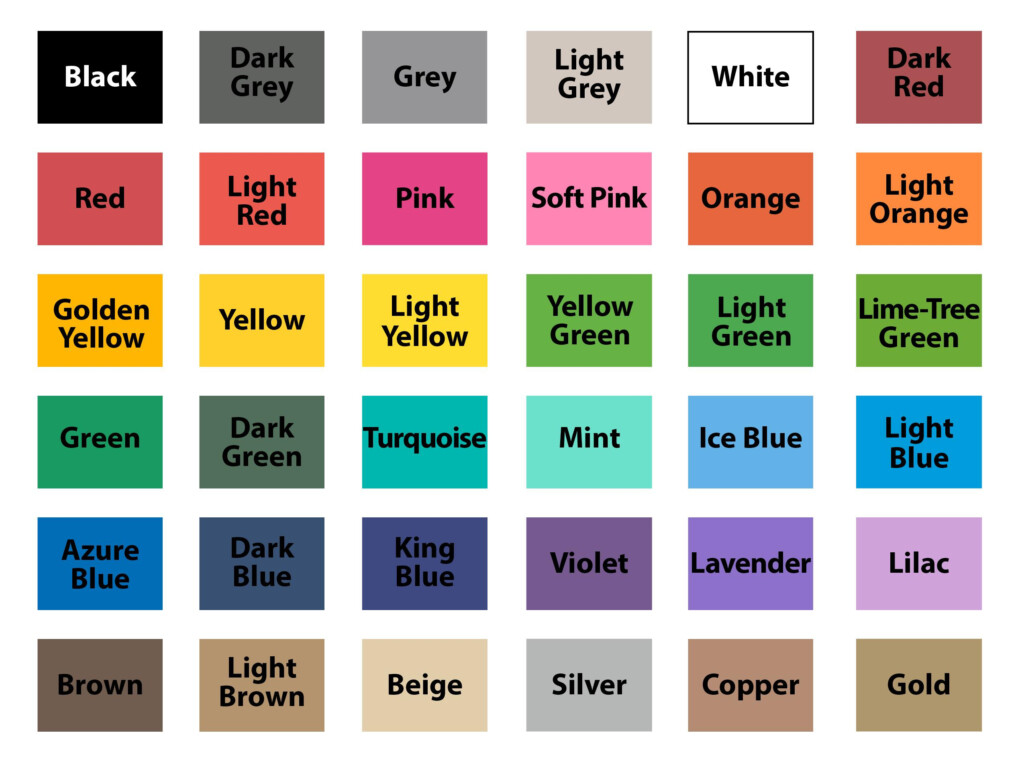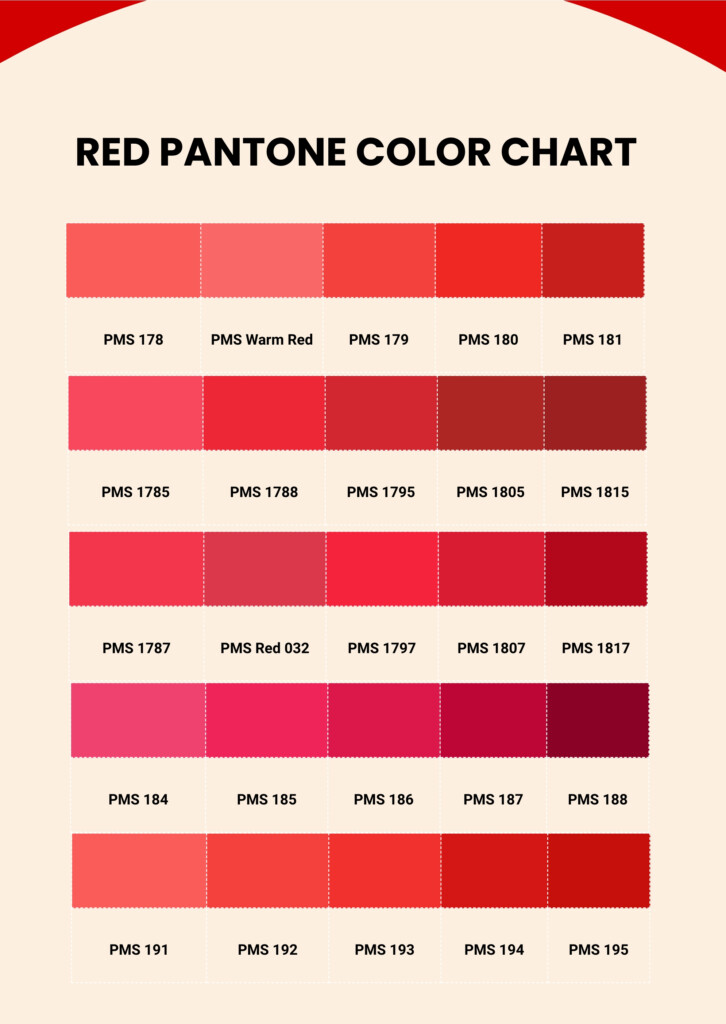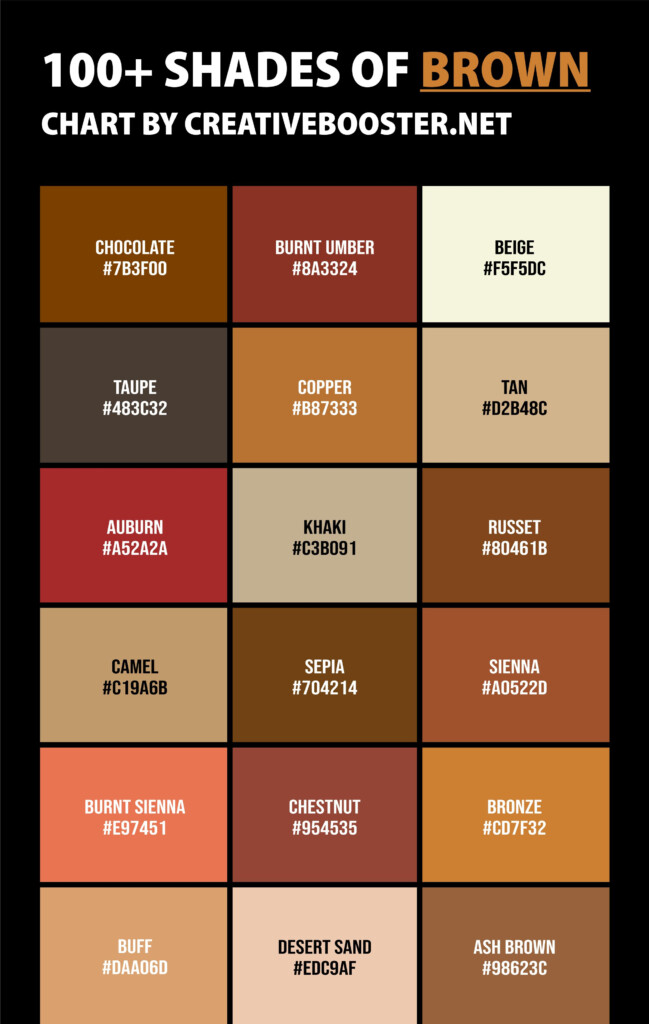Choosing the right colors for your designs, whether it’s for a website, logo, or any other creative project, is crucial to the overall success of your work. One of the most helpful tools in the world of design is a color chart, which provides a comprehensive range of colors along with their corresponding names. By using a color chart and names, designers can easily communicate and share color choices with clients, colleagues, and collaborators.
Color names are descriptive terms that help identify and differentiate between various shades and tones. For example, instead of simply saying “blue,” you can specify “navy blue” or “sky blue” to convey a more precise color choice. This level of detail is essential in ensuring that everyone involved in a project has a clear understanding of the intended color palette.
Color Chart And Names
Types of Color Charts
There are several types of color charts available, each serving a different purpose. One of the most popular color charts is the Pantone Matching System (PMS), which is widely used in the printing industry. The PMS color chart provides a standardized set of colors, each identified by a unique number and name, making it easy to reproduce specific shades accurately.
Another common type of color chart is the RGB (Red, Green, Blue) chart, which is used primarily for digital design. The RGB chart displays colors based on their digital values, allowing designers to create consistent color schemes for websites, apps, and other digital projects.
Using Color Charts and Names in Design
When working on a design project, it’s essential to use color charts and names to ensure consistency and accuracy in your color choices. By referencing a color chart, you can easily identify the exact shade you want to use and communicate that choice effectively to others involved in the project.
Additionally, using color names can help evoke specific emotions or associations related to the chosen color. For example, using warm colors like red and orange can create a sense of energy and urgency, while cooler colors like blue and green can convey calmness and tranquility. By understanding the meanings behind different colors, designers can make informed decisions about which colors to use in their work.
Overall, color charts and names are invaluable tools for designers looking to create visually appealing and impactful designs. By utilizing these resources, designers can streamline their color selection process, enhance collaboration with others, and ultimately produce more successful creative projects.
Download Color Chart And Names
Color Chart And Names Color Shades Names Poster Graf1x
Color Names Chart 100 Shades Of Blue Color Names Hex Rgb Cmyk Codes 40 Off
Color Names Red Color Names Chart Red Color Names Pantone Color Chart
100 Shades Of Brown Color
